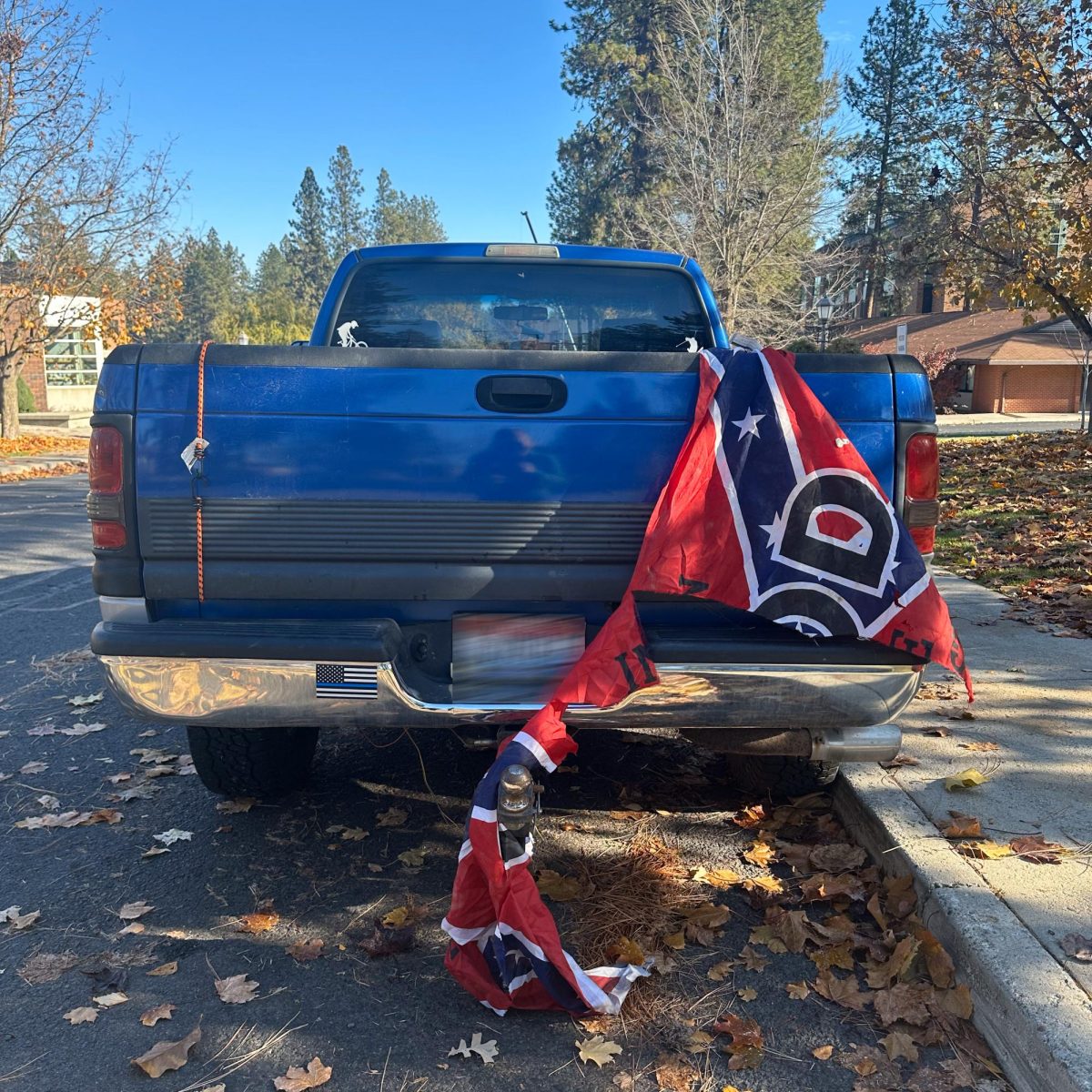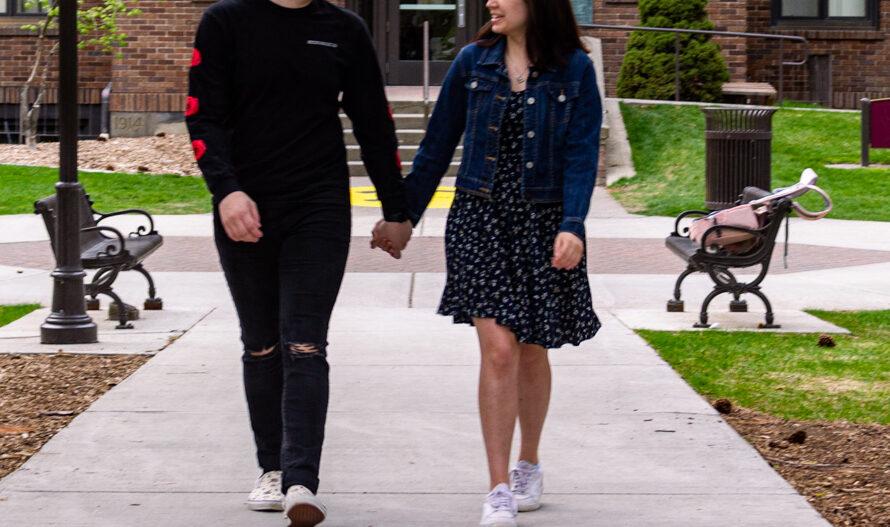By: Emma Maple, DC columnist

The U.S.’s incarceration system has been broken since it began. The US has the highest number of incarcerated individuals worldwide, with almost 2.1 million people in prison. The only country that comes close to that number is China, which only has a little over 1.7 million people in prison.
Each year, the U.S. government shells out millions of dollars to keep people in prison — a system that is both costly and ineffective.
There’s a better option. The remedy may be free college education for incarcerated individuals.
Higher education for incarcerated individuals has clear advantages. First, it can break the negative cycle of recidivism. In the US, over 50% of people who are released from prison are re-incarcerated within 3 years of their release. But those who participate in college education programs in prison have 51% smaller chance of being re-incarcerated.
Providing incarcerated individuals with higher education can also help keep their children out of prison. When children have a parent in the justice system, it increases the chance that the child will go straight from school to prison. Currently 1 in 50 kids in the US live with a parent in the criminal justice system. But college education has been shown to improve parenting behaviors, increase family income, increase the likelihood that children and other family members achieve higher levels of education and reduce the likelihood that children exhibit behavioral problems or get involved in the criminal justice system.
According to Tod Cioffi, director of the Calvin Prison Initiative, these benefits are being evidenced in real life. “Our guys’ children are now thinking about college, even though Dad is locked up.”
The Calvin Prison Initiative, a program of Calvin University, annually provides 30 individuals in the Richard Hanlon Correctional Facility with a free college education that results in a certified B.A.
Cioffi listed a plethora of benefits that result from offering free higher education to incarcerated individuals. It allows people to explore different ideas about the world. It can improve the prison culture. It can help families reconcile.
Cioffi mentioned, “You literally see life transformation taking place as [incarcerated individuals] go through the program.”
To top it all off, college education for individuals in prison is also economically advantageous. The cost of incarceration is over half a million dollars per person, per year. However, the cost of a year of higher education averages only $35,331.
Spending the money on education is also a more effective crime preventor than spending it on prisons is.
A study on crime control strategies found that every $1 million spent on building prisons will prevent about 350 crimes. However, every $1 million invested in correctional education programs prevents over 600 crimes.
Cioffi said that providing higher education for those in prison “makes political sense, economic sense, social sense, cultural sense, moral sense. I’m telling you; it is the way to go.”
But there is a problem. Most incarcerated individuals can’t afford college education out of their own pocket. They must rely on separate funding. Yet, state and national governments have historically barred this population from receiving financial aid for college education.
In 1965, President Johnson signed into law the Higher Education Act, which allowed federal Pell Grants to be distributed to incarcerated individuals. These grants did not need to be repaid.
However, this program was revoked for incarcerated individuals in 1994. The Atlantic reported, “Determined to show that he was tough on crime, President Bill Clinton signed the Violent Crime Control and Law Enforcement Act.” Without this aid, the amount of people in college-in-prison programs dropped by half.
Recently, things have started looking up. In 2015, the Obama administration created a specific form of Pell Grants, called ‘Second-chance Pell Grants,’ which could only be used for individuals who were incarcerated.
In 2020, lawmakers lifted the ban that had been placed on Pell Grants’ eligibility, to go into effect in 2023.
Cioffi said, “When the Pell Grants are made available in ’23, we’ll see a lot more schools offer programs.”
But still. More doesn’t equal enough. Only around 2% of incarcerated individuals complete an associate’s degree while in college, with less than 1% completing a bachelor’s degree.
“There’s such a hunger for education,” Cioffi stated. “I guarantee you whatever prison you go to in the United States, if you offer an educational program, you will fill every chair you have.”
Access to higher education shouldn’t be something that incarcerated individuals have to fight over – especially not when it’s a cheaper and better solution than incarceration.
We must recognize the truth in Mandela’s statement that “education is the most powerful weapon we can use to change the world.”
Higher education must be made accessible to all incarcerated individuals.











 Spokane?
Spokane?